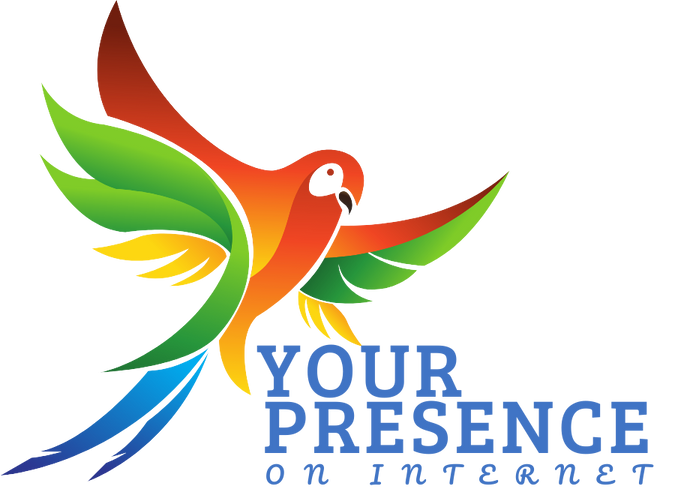In today’s digital landscape, navigating the marketing world can be overwhelming with its specialized terms and strategies. Understanding the fundamental marketing glossary is crucial for anyone looking to excel in digital marketing. Whether you’re a seasoned marketer or a newcomer to the field, having a solid grasp of essential terminology can significantly impact your ability to execute effective campaigns and drive results. In this blog, we’ll break down some of the most important digital marketing terms you need to know, from SEO and PPC to content marketing and conversion optimization.
A/B Testing: A method of comparing two versions of a webpage or ad to determine which performs better by measuring metrics such as click-through rates or conversion rates.
Algorithm: A set of rules or procedures used by search engines and social media platforms to rank and deliver content based on relevance and user behaviour. (SEO Definitions – 400+ Terms, Definition & Resources for 2024, 2023)
Analytics: The collection and analysis of data to understand user behaviour, measure performance, and guide marketing decisions. Tools include Google Analytics and Adobe Analytics.Digital marketing terms. – sellfromanywhere. (Tiwari, 2023)
Attribution Modeling: Assigning credit to different touchpoints in the customer journey to determine how they contribute to conversions.
Bounce Rate: The percentage of visitors who leave a website after viewing only one page. (SEO Definitions – 400+ Terms, Definition & Resources for 2024, 2023)
Call-to-Action (CTA): A prompt designed to encourage users to take a specific action, such as “Sign Up,” “Buy Now,” or “Learn More.”
Content Marketing: A strategy focused on creating and distributing valuable, relevant content to attract and engage a target audience. (Playbook, 2023)
Conversion Rate: The percentage of users who complete a desired action, such as making a purchase or filling out a form, compared to the total number of visitors. (Loopin in the Making, n.d.)
CRM (Customer Relationship Management): A system for managing interactions with current and potential customers, tracking sales, and improving customer relationships. Examples include Salesforce and HubSpot.(Ben, 2024)
CTR (Click-Through Rate): The ratio of users who click on a specific link or ad to the total number of users who view it.
CRO (Conversion Rate Optimization): The process of improving website elements and user experience to increase the percentage of visitors who complete a desired action.
Digital Advertising: Paid advertisements are displayed on digital platforms, including search engines, social media, and websites. Types include display ads, search ads, and social media ads.

Email Marketing: The use of email to communicate with potential and existing customers, often involving newsletters, promotional content, and automated responses. (7 Digital Marketing Trends for the Coming Years, n.d.)
Inbound Marketing: A marketing strategy focused on attracting customers through valuable content and experiences rather than traditional advertising. (Digital Marketing Jargon Explained » Advent Trinity, 2024)
Influencer Marketing: Collaborating with individuals who have a significant following on social media or other platforms to promote products or services.
Keyword Research: The process of identifying and analyzing search terms that users enter into search engines to optimize content and target ads.
Landing Page: A standalone web page designed specifically for a marketing campaign to convert visitors into leads or customers.
Lead Generation: The process of attracting and converting potential customers into leads by capturing their contact information.
Marketing Automation: Using software to automate repetitive marketing tasks such as email campaigns, social media posting, and lead tracking.
PPC (Pay-Per-Click): An online advertising model where advertisers pay a fee each time their ad is clicked.(Pay per Click (PPC) – Curtis Softs, n.d.)
Retargeting: A form of online advertising that targets users who have previously visited a website but did not complete a desired action.
SEO (Search Engine Optimization): Optimizing a website to rank higher in search engine results pages (SERPs) to increase organic traffic.
SEM (Search Engine Marketing): Promoting websites by increasing their visibility in search engine results through paid advertising.
Social Media Marketing: The use of social media platforms and websites to promote products or services and engage with customers.
User Experience (UX): A user’s overall experience when interacting with a website or digital product, focusing on usability and satisfaction.
User Interface (UI): The visual elements and layout of a website or application that users interact with.
Web Analytics: Measuring and analyzing web traffic and website user behaviour to improve user experience and marketing effectiveness.
Affiliate Marketing: A performance-based marketing strategy where businesses reward affiliates for driving traffic or sales through their referrals.
Buyer Persona: A semi-fictional representation of an ideal customer based on market research and accurate data to guide content and marketing strategies.(Buyer Persona Definition | Digital Marketing Terms | Bluleadz, n.d.)
Lead Scoring: Assigning a numerical value to leads based on their behaviour and engagement with your content to prioritize follow-up efforts.
Conclusion
Mastering the digital marketing glossary is the first step towards developing effective strategies and achieving success in the digital realm. By familiarizing yourself with these essential terms, you can better understand the dynamics of digital campaigns, optimize your efforts, and ultimately drive better results for your business. Whether optimizing your website for search engines, running email campaigns, or analyzing performance metrics, knowing the proper terms helps you communicate more effectively and make informed decisions. Keep this marketing glossary handy as you navigate the ever-evolving digital marketing landscape, and stay ahead of the curve in this fast-paced field.

